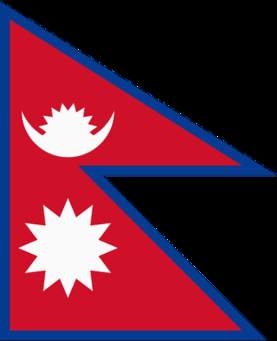
By Esther Kimani
Lowell, MA- Culture and language don’t always meet when a student lives in Lowell. Many students come from Cambodian background but don’t speak or write Khmer, the Cambodian language.
One Khmer instructor, Mr Pan So, teaches the Khmer language and culture in Lowell High School. Mr So, who opposed the Khmer Rouge during the Cambodian genocide, has been in United States for 32 years.
Students from Cambodian families may not be able to speak Khmer or write Khmer proficiently but also may not know all of the traditions of their ancestral homeland, explained Mr. So.
“Many Cambodian people worry about the possibility that Cambodian culture might one day disappear…when the culture is extinguished the nation will disappear also when the culture is magnificent then the nation is prosperous,” said Mr. So, who is a voice for Cambodian community and is running for Lowell City Council.
“The important aspects about the Cambodian culture are so many, we have general and specific,” added Mr Pan about important topics for students .
Cambodian culture includes many aspects of the tradition including tradition and customs, beliefs and religion, Khmer literature and Khmer arts, he said.
Mr. So highlighted the Cambodian traditions as a set of valued practices in Cambodia which are an important aspect of culture to be maintained .
Customs and patterns are the the sets of behavior that were practiced by many Cambodian in the past but they lost their value in recent times and are still being practiced but by fewer Cambodians, according to Mr. So.
One Cambodian belief about the life cycle follows three significant times in life: time of birth, time of wedding and time of death, he explained.
During the time of birth the Cambodian culture expects certain habits.
Before birth the women are not supposed to use any spices in their food to protect the health of the baby. Also, the women wear larger dresses to make space for the growing child. During the birth the traditional nurse is usually called for help, So continued.
The family will be praying to God and the village spirit to help the mother and the new born child. After the birth the mother needs to warm up for at least one week or more. The family also requests the priest to pray for the baby that no ghost will be around the child, So added.
During times of the wedding, the groom’s parents ask someone to act as match maker to make a survey to the bride including her marital status, birthday, birth animal and age. Then the match maker goes officially to the bride’s parents.
“This process happens three times,” he said.
After that the groom, accompanied by his family, goes to the house of his future wife and presents gifts. The groom’s family will be served tea to honor the ancestors. After the process where both families meet, they then both plan for the marriage ceremony, So described.
“To prepare the bride and groom for their marriage, the couple must cut their hair. This always shows the preparation of their married life,” added So.
A Cambodian wedding traditionally consists of three days of ceremonies and celebrations, according to So.
“The three days represent the three jewels of Buddhism: Buddha, Sangha, which is [brotherhood of monks], and Dhamma [teachings of Budha]. The modern Cambodian wedding will often condense these ceremonies into one day,” he said.
With regard to death, when a person dies in Cambodia the care of the body is undertaken by the family.
“The body would be brought home, washed, dressed and placed in coffin. The body is not to be dissected and organs are not to be removed because it is believed that would affect one’s rebirth,” said So.
The body is not embalmed with preservatives.
“Traditionally, the body is kept in the house for seven days or longer before cremation,” said Mr So.
Today, it is common that the body is kept for only three days. Monks come to the home and recite sermon every evening by the body. On the third or the seventh day, a funeral procession is organized to carry the body to the temple for burial.
The crematorium is usually on or near the temple grounds. On the some occasions such as death of celebrities or highly officials a crematorium is built at some other place to accommodate the crowd, said Mr. So.
-30-







